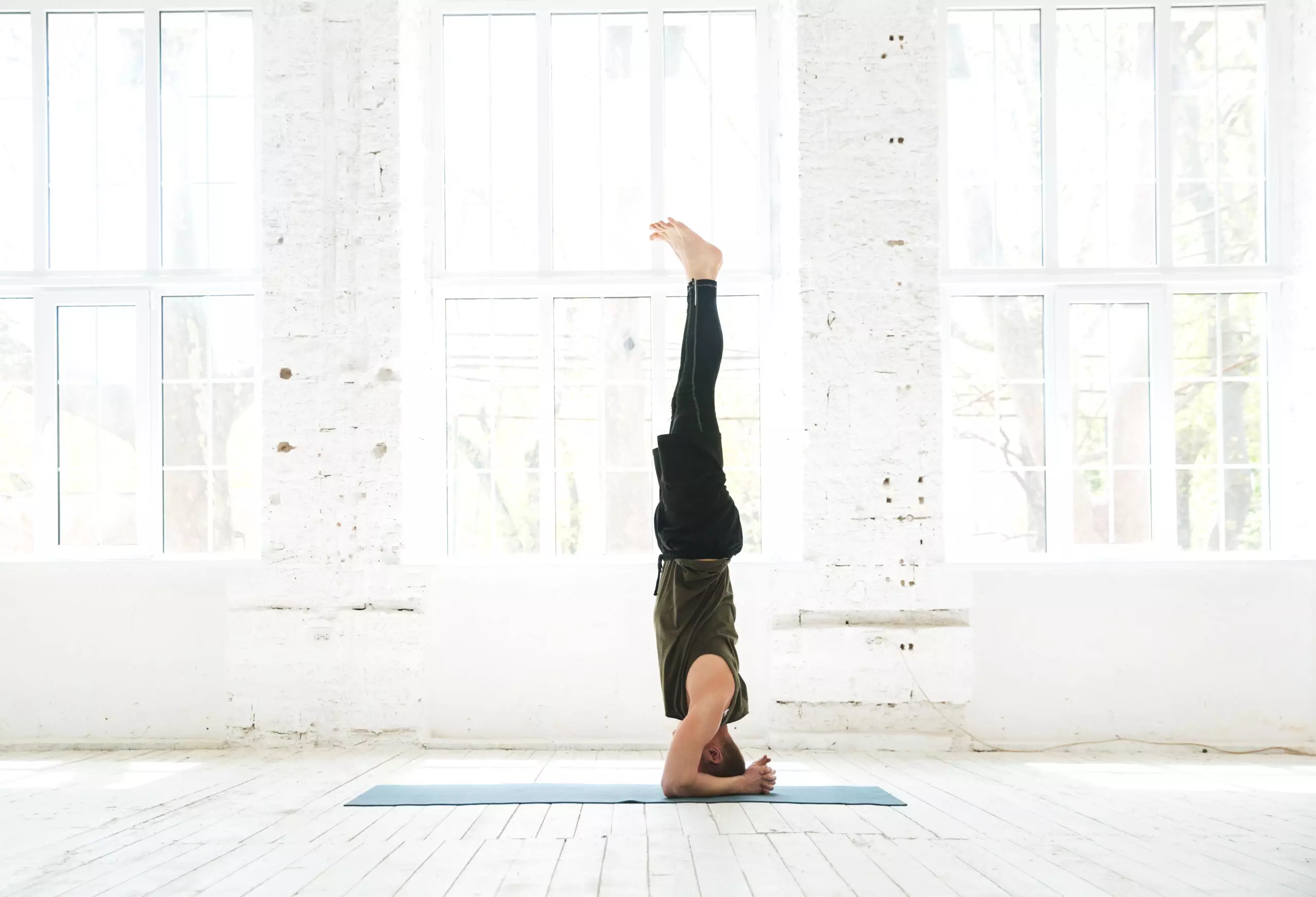If you’re new to fitness training, it can be overwhelming to know where to start. There are so many different exercises, diets, and programs out there that it can feel like you need a degree in sports science just to understand them all! But don’t worry – we’ve got your back with this guide to the basics of fitness training. In this post, we’ll cover everything from stretching to cardio workouts, nutrition tips to common mistakes people make when starting a fitness program. So let’s get started!

Introduction to Fitness Training
The first step on any fitness journey is understanding what fitness training actually means. At its most basic level, fitness training involves engaging in physical activity to improve your overall health and wellbeing. This might include weightlifting, running, swimming, or even yoga – anything that gets your body moving and improves your strength, endurance, and flexibility.
The Importance of Stretching
One aspect of fitness training that is often overlooked but incredibly important is stretching. Stretching helps to increase blood flow to your muscles, which can help prevent injury and soreness. It also improves your range of motion, allowing you to perform exercises more effectively and efficiently. Before every workout, spend at least five minutes warming up with stretches targeting all major muscle groups.
How to Start a Walking Routine for Fitness
Walking is one of the easiest and most accessible forms of exercise, making it an ideal choice for beginners. To start a walking routine, begin by setting aside time each day to walk for 20-30 minutes. Choose a route that is flat and easy to navigate, such as around your neighborhood or local park. As you become more comfortable, gradually increase the distance and intensity of your walks.
Basic Strength Training Exercises
Strength training is another essential component of fitness training. To get started, focus on mastering a few key exercises that target multiple muscle groups, such as squats, lunges, pushups, and rows. Use light weights or resistance bands to begin with, and focus on proper form and technique rather than maximum weight lifted.
Cardio Workouts for Beginners
For those looking to boost their heart rate and improve cardiovascular health, cardio workouts are a great option. Some popular choices include jogging, cycling, and swimming. Start with short intervals of high-intensity exercise followed by periods of rest, and gradually build up to longer sessions over time.
Nutrition Tips for Optimal Health
While exercise is crucial for optimal health, so too is a balanced and nutritious diet. Aim to eat a variety of whole foods including fruits, vegetables, lean proteins, and healthy fats. Limit processed foods and sugary drinks, and stay hydrated by drinking plenty of water throughout the day.
Common Mistakes People Make When Starting a Fitness Program
It’s natural to feel discouraged or frustrated when starting a new fitness program, especially if you’re not seeing results right away. However, avoid these common pitfalls:
Not setting realistic goals
Overtraining or pushing yourself too hard, leading to injury or burnout
Neglecting proper form and technique, putting yourself at risk for injury
Setting Goals and Tracking Progress
To ensure success on your fitness journey, set specific, measurable goals and track your progress regularly. Keep a journal of your workouts, note improvements in strength or endurance, and celebrate small victories along the way.
Motivation and Accountability Techniques
Stay motivated by finding a workout buddy or joining a fitness class, and hold yourself accountable by scheduling regular check-ins with a personal trainer or coach. Remember why you started your fitness journey in the first place, and remind yourself daily of your goals and aspirations.
Conclusion: Next Steps in Your Fitness Journey
Congratulations on taking the first steps towards a healthier, happier life! By following these guidelines and incorporating fitness into your daily routine, you’ll be well on your way to achieving your goals. Remember to always listen to your body, respect your limits, and enjoy the process. Good luck!








